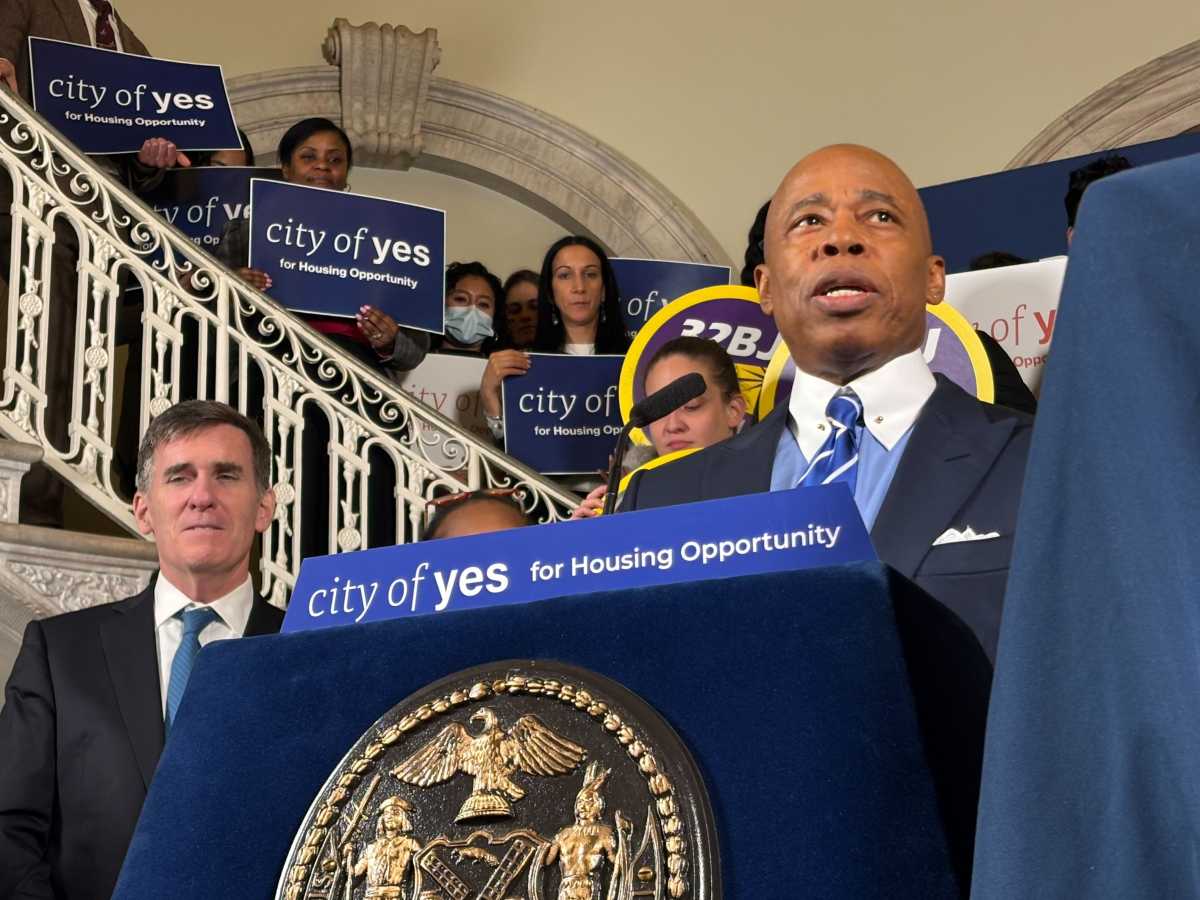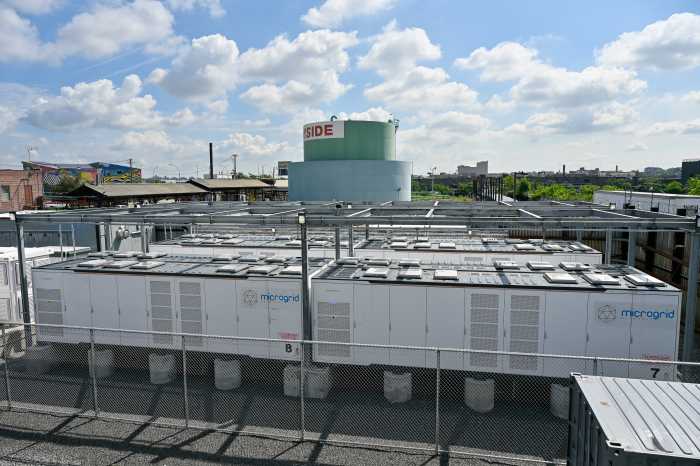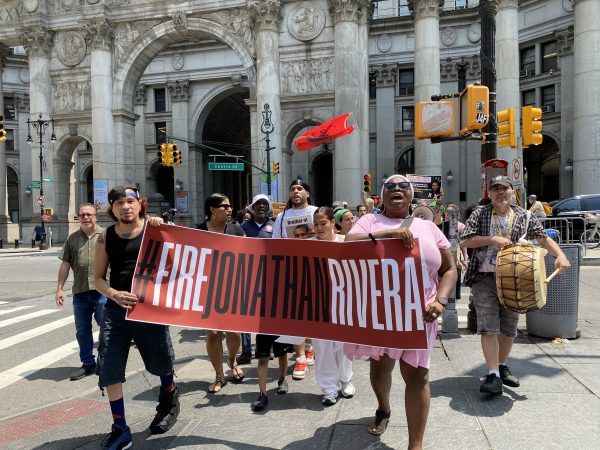Enforcement is way up at the intersection of Utica Avenue and Avenue D, and merchants are breathing a sigh of relief that the city is finally doing something about the deadly corner.
The NYPD has been stationing patrol cars there regularly since the middle of the summer, when we highlighted the intersection’s dangers.
A police source tells us that cop cars are now on the scene five days a week, from 8 am to 11 pm, with highway units armed with radar equipment focusing on speeders, and cops from the 67th Precinct taking on other infractions, such as motorists running red lights.
Lots of tickets have been issued for speeding and for disobeying traffic control devices, the source said, but declined to give exact numbers.
If the perils to life and limb weren’t obvious before, they became crystal clear after city Department of Transportation officials were stationed at the corner to observe traffic, and actually witnessed a crash.
That was hardly the worst crash at the intersection. In an accident earlier this year, one driver was killed. In another, a pedestrian waiting for a bus was hit, and her leg was severed.
As of Aug. 18, there had been 35 accidents at the intersection this year, compared to 23 the year before.
The cops’ presence has made a difference, said Terrence LaPierre, the president of the Avenue D Merchants Association. “Accidents have started to decrease,” he said.
In addition, the city has begun making physical changes at the intersection, said LaPierre.
“I’m feeling good that they have started to do repairs that we have been requesting for the past couple of years,” noted LaPierre, who told us that the city had recently put in new bus pads to replace the dangerously cracked ones on Utica Avenue, as well as new bus shelters on both Utica Avenue and Avenue D.
“It’s about time that they worked on it,” LaPierre added.
Still up in the air are other changes, said a spokesman for the city. Among the ideas currently being considered, he said, are the addition of a left turn arrow, as well as grace period stopping all traffic to allow pedestrians to cross before motorists get the signal to go.






















